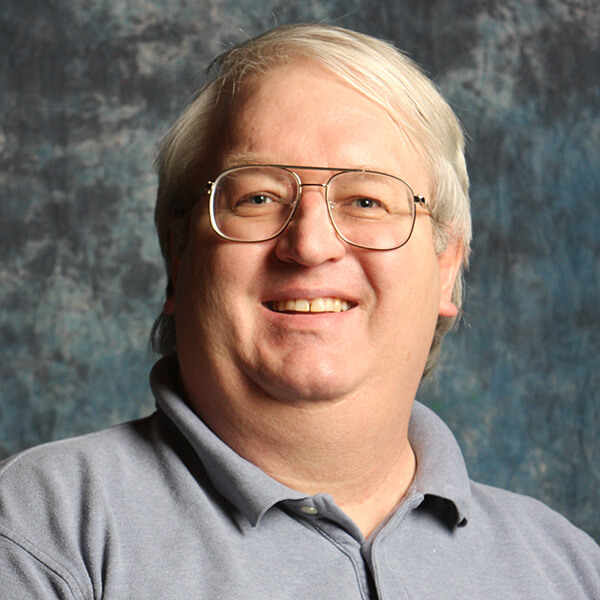The 1985 DCI World Championships marked the first time the city of Madison, Wisconsin opened its arms to those enjoying the final week of the Drum Corps International summer season.
The University of Wisconsin's Camp Randall Stadium proved to be a hit with fans, with good sightlines, acoustics, and nearby diversions contributing to DCI's decision to go back to Madison six more times, including the following two years.
Garfield Cadets, with an all-Bernstein show that challenged the ears of the audience, won the corps' third championship title in a row, earning a score of 98.400 after an extensive mid-season overhaul that changed many of the show's elements that weren't working as well as the staff desired.
In 3rd place, Blue Devils became the first corps to not take home the title after winning both the brass and percussion caption awards. Suncoast Sound took 6th place with the all-original musical score of “Florida Suite,” and Star of Indiana popped into the Finals competition in its first year on the field, placing 10th.

After seven years of shows largely inspired by down-home southern music, the seventh-place Spirit of Atlanta came out with a production entirely devoted to George Gershwin's “Concerto in F.” Just the year before, the corps opened its show with a medley of Gershwin's southern-tinged folksy “Porgy and Bess.”
By 1925, the 27-year-old Gershwin had already conquered both Broadway and the pop music charts, and yearned to be recognized as a composer of serious legitimate orchestral music. “Concerto in F” was his first attempt to score his own music for orchestra, a craft he learned through devouring “four or five books on musical structure to find out what the concerto form really was.”
Spirit's show started with an opening fanfare of a rather quiet bluesy motif from well into the Gershwin work's second movement, “Adagio - Andante con moto (in slow tempo – walking speed, with movement).” Backing up a screaming soprano soloist, the corps stood still in a spiral during the fanfare, then started moving after a dynamic timpani solo with which Gershwin opened the first movement of the concerto, “Allegro.”

With corps' front ensemble sections during this time period still being quite small compared to today's full on-field percussion orchestras — typically just one marimba, one xylophone, one set of vibes, etc. — arrangers were looking for new sounds to give their percussion compositions a unique sonority. Spirit incorporated a one and a half octave set of handbells in the first movement's “Moderato cantabile (in a singing style)” section, hung on a rack and played by one person with mallets. This was a rare sight, as handbells are notoriously fragile under the best of circumstances.
The most dramatic moments of this movement were interpreted by the color guard section sans equipment, with numerous lifts of the females by the males.
Next came a percussion feature directly transferring the movement-ending piano cadenza to the mallet keyboards, highlighted by extremely long alternating blue and white and red and white rhythmic gymnastic-like banners swung from the ends of flexible sticks by the guard members.

After the brief introduction earlier in the production, Spirit came back to “Adagio - Andante con moto” for the show's second movement. It was said by Gershwin to have a “poetic, nocturnal atmosphere which has come to be referred to as the American blues …” Despite Gershwin's use of the blues, the concerto wasn't southern in inspiration. Yet, in Spirit's hands, it sounded as if it could have been.
The soul of the show and the concerto was the “Espressivo con moto,” the second part of the second movement. Slow and methodically growing in intensity, a company front of brass players slid counter to the direction of a line of drums and an inverted “V” formation of the color guard, with all three elements coalescing into a form of the corps' delta, long seen on the front of the uniforms. Then, as in the original, the work slowly died off into oblivion, its melody wafting off into the steamy night.
1985 Spirit of Atlanta | Gershwin Concerto in F ClipThat 2-valve G-bugle power. 💪 📀 DCI DVDs 25% off thru Dec. 12 ➡️ dci.fan/22Holiday #DCI1985 | Spirit of Atlanta Drum and Bugle Corps
Posted by Drum Corps International on Wednesday, December 7, 2022
After the mellowness of the second movement, the corps let everyone know the slumber was over with the “Allegro agitato (fast and restless)” third movement, which Gershwin described as “an orgy of rhythms.” The front ensemble percussion again captured the most virtuosic elements of the original piano flourishes, leading into a slowly building push into the final statement of the show.
The color guard members picked up solid red flags for the end as the horns played the climax of the group's iconic “Let It Be Me” closer that had served the corps for many of its earlier years.
It was as if the corps was stating that even though they verged into the symphonic orchestra repertoire, they were still, first and foremost, Spirit of Atlanta.
1985 Overview

Michael Boo was a member of the Cavaliers from 1975-1977. He wrote about the drum corps activity for more than 35 years while serving as a staff writer for various Drum Corps International projects. During his lifetime Boo wrote for numerous other publications including an honors-winning book on the history of figure skating. He also was an accomplished composer. Boo passed away in 2020 and was inducted into the DCI Hall of Fame posthumously in 2021.


